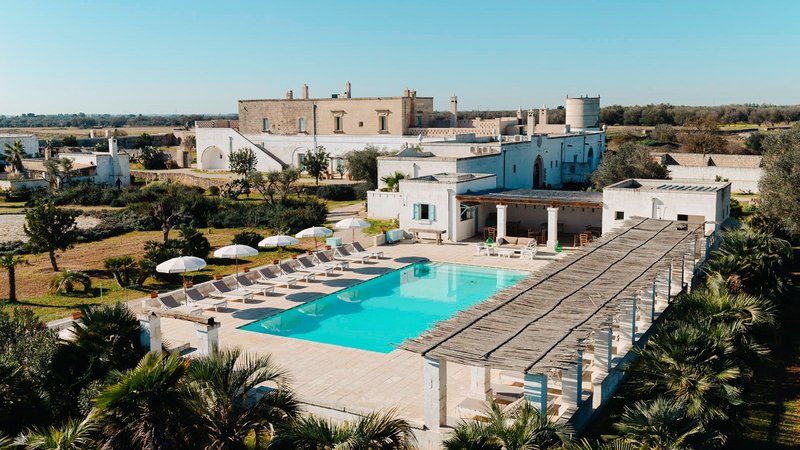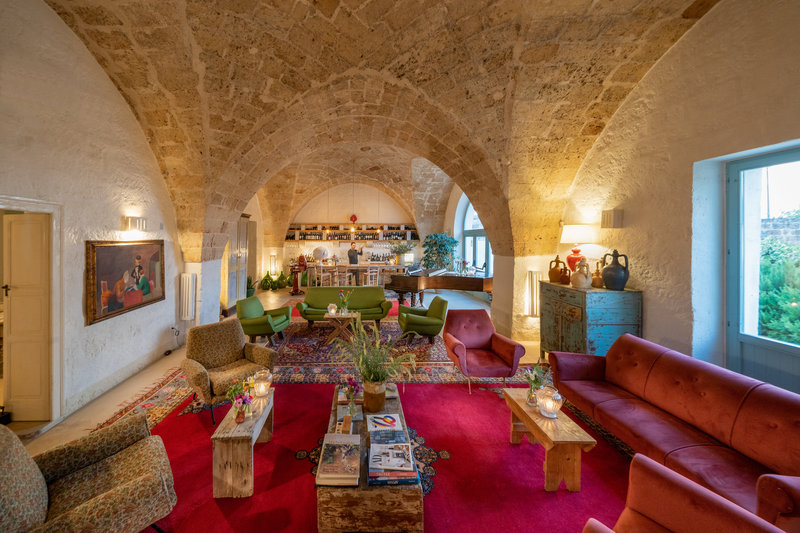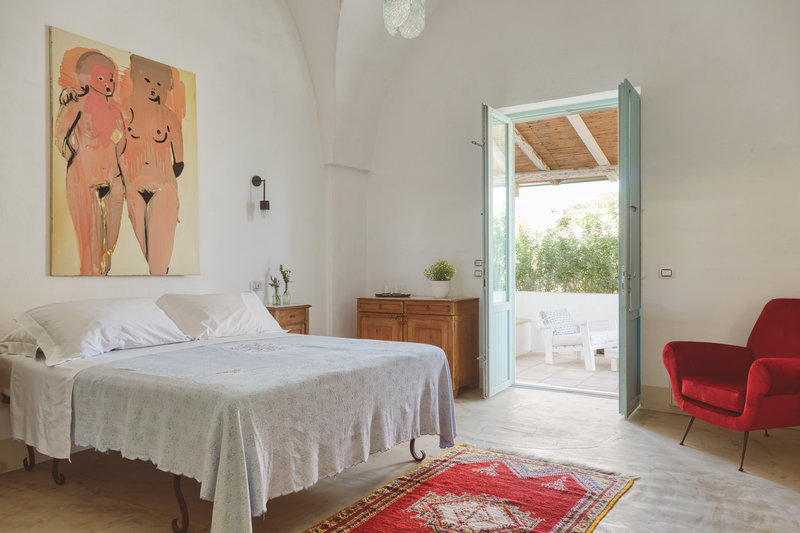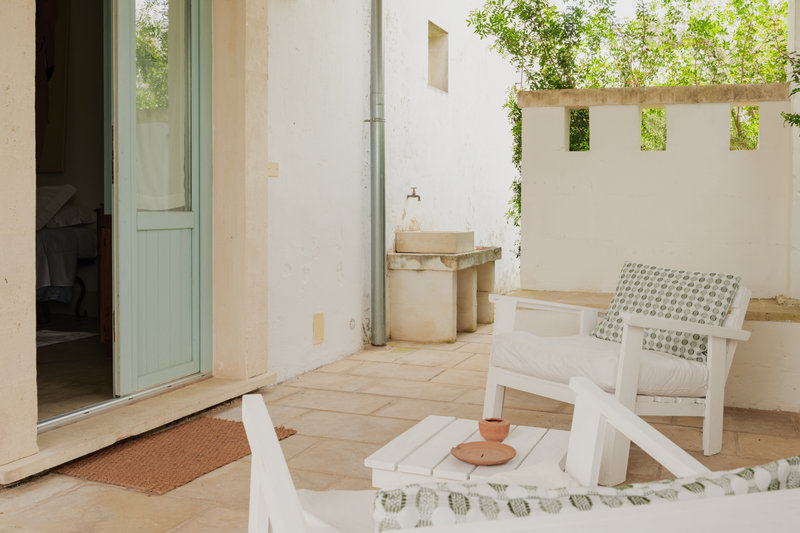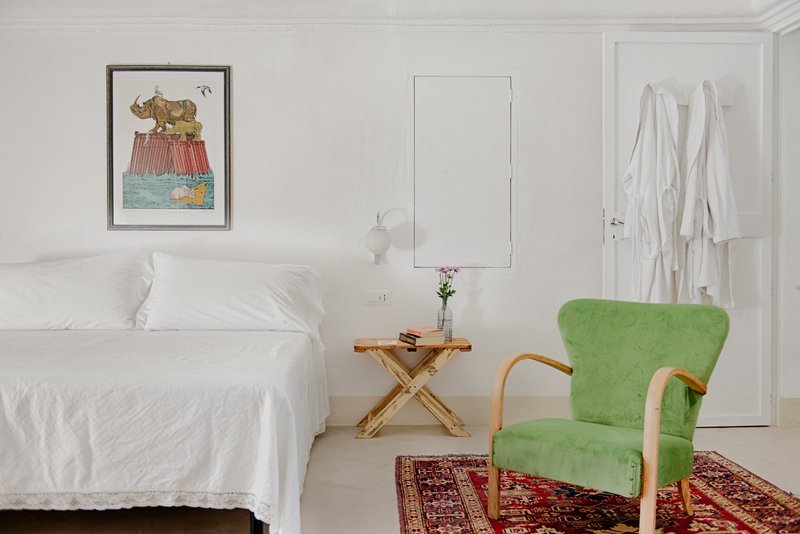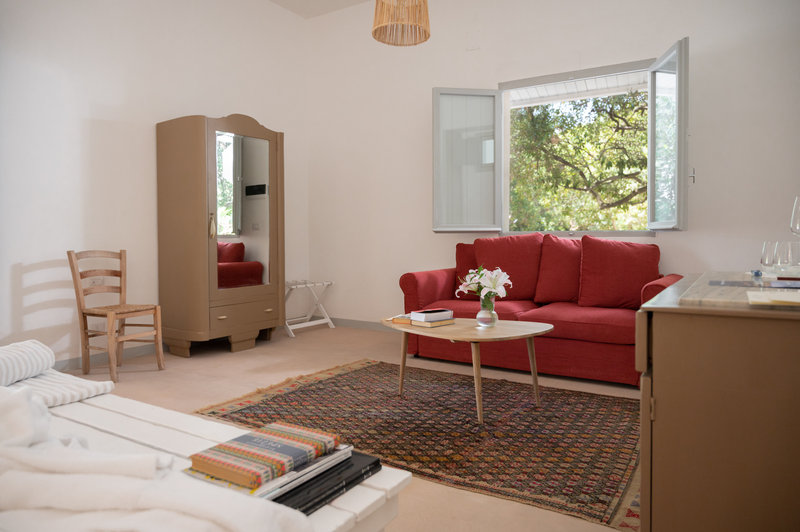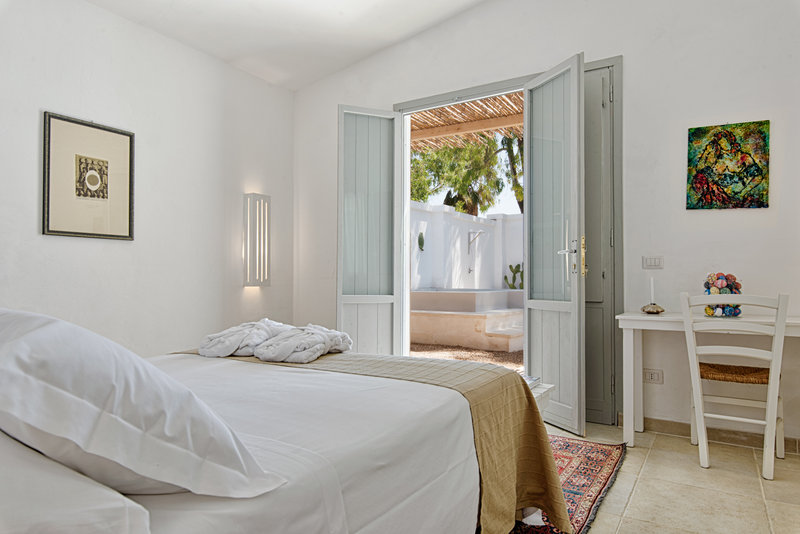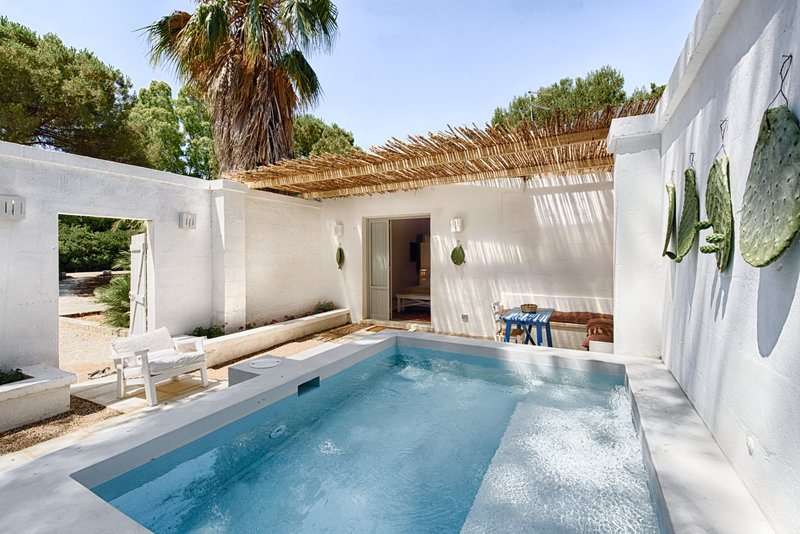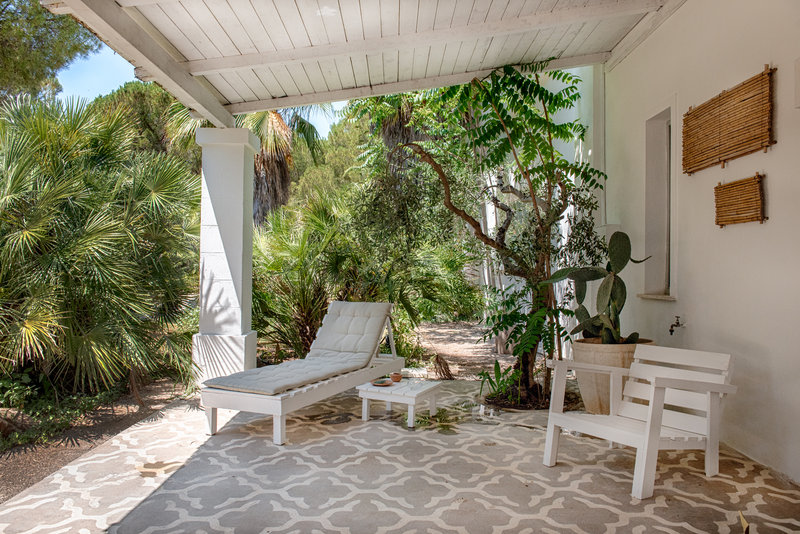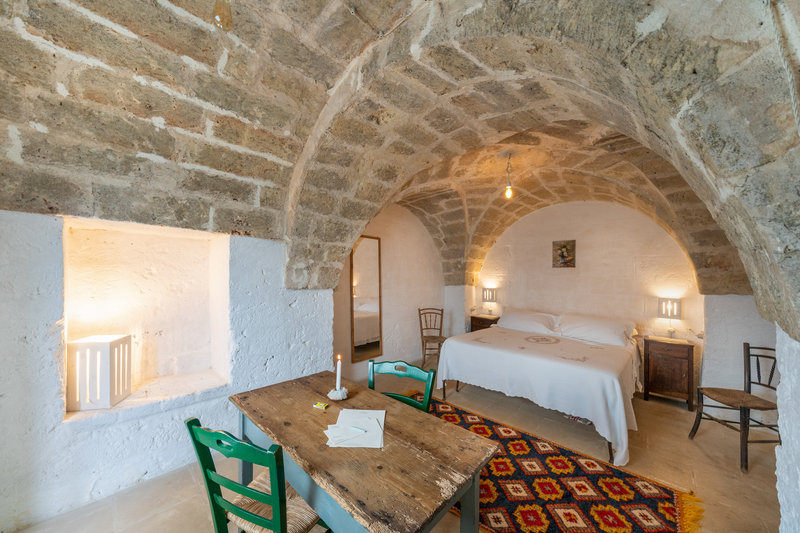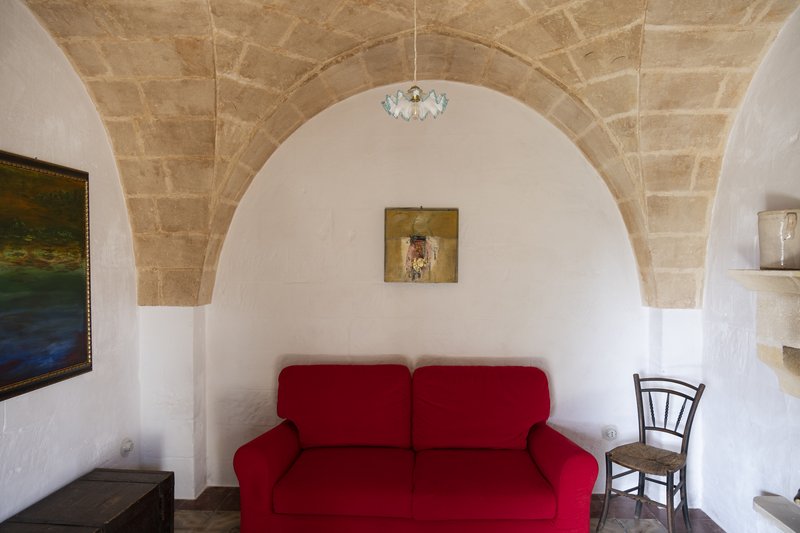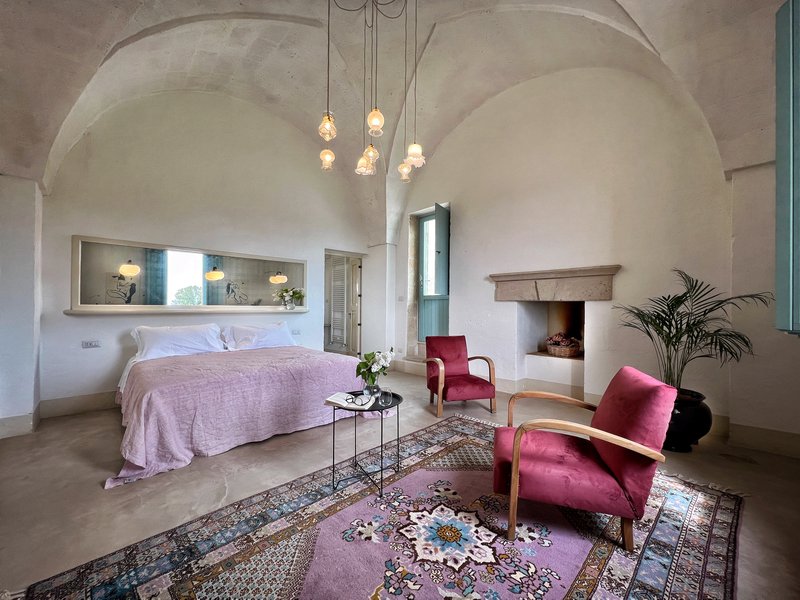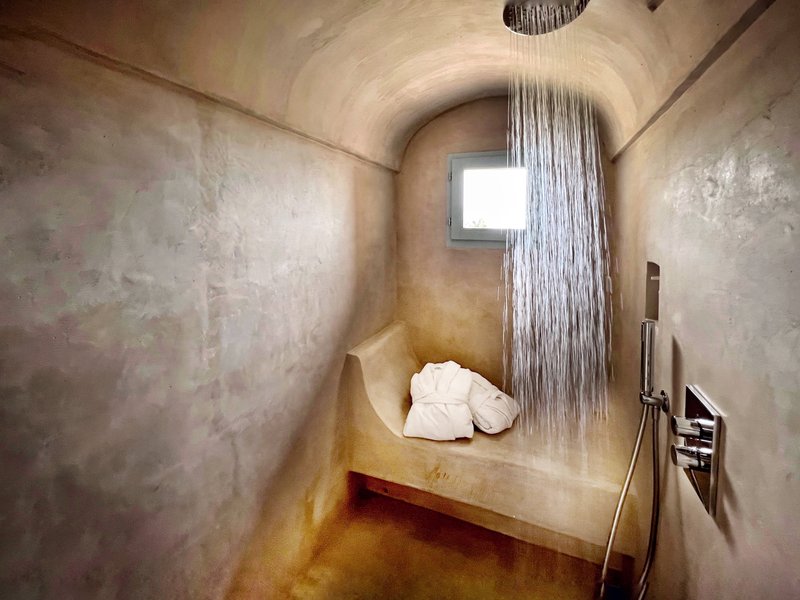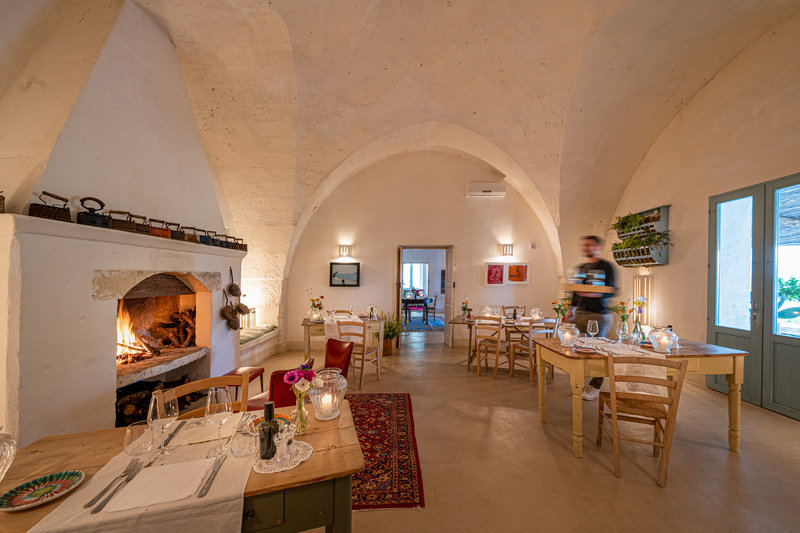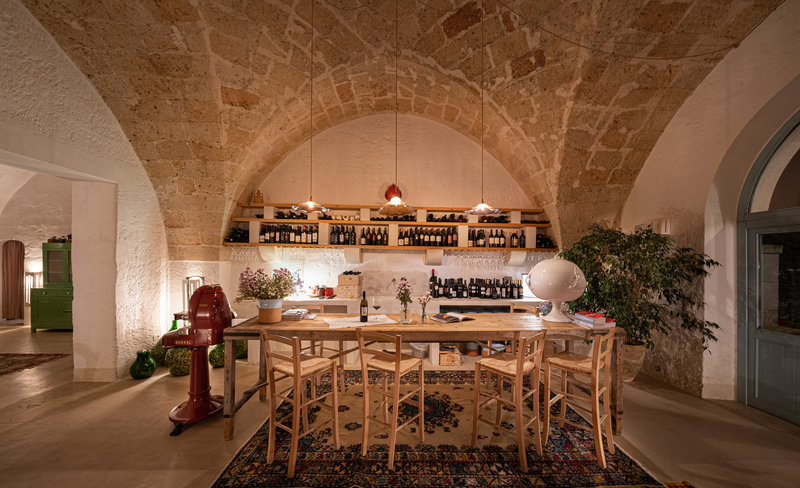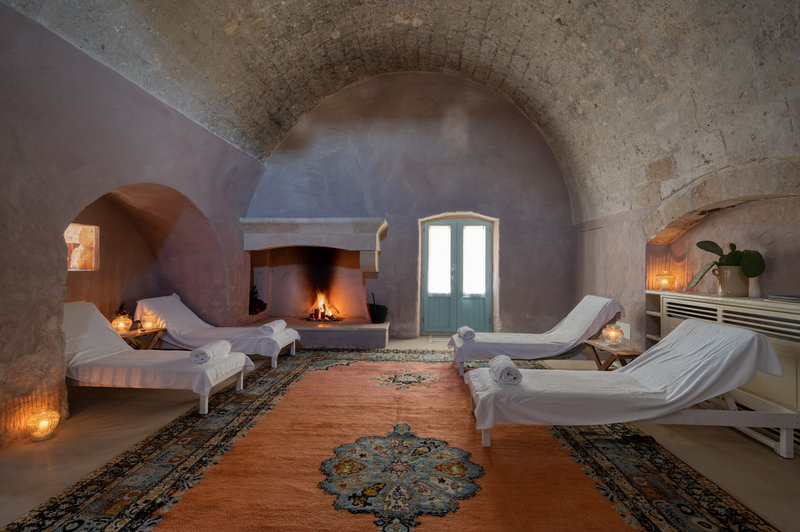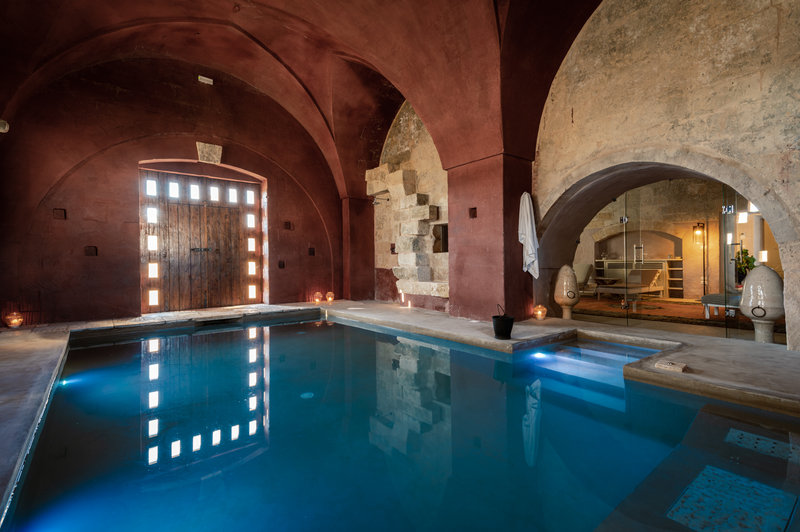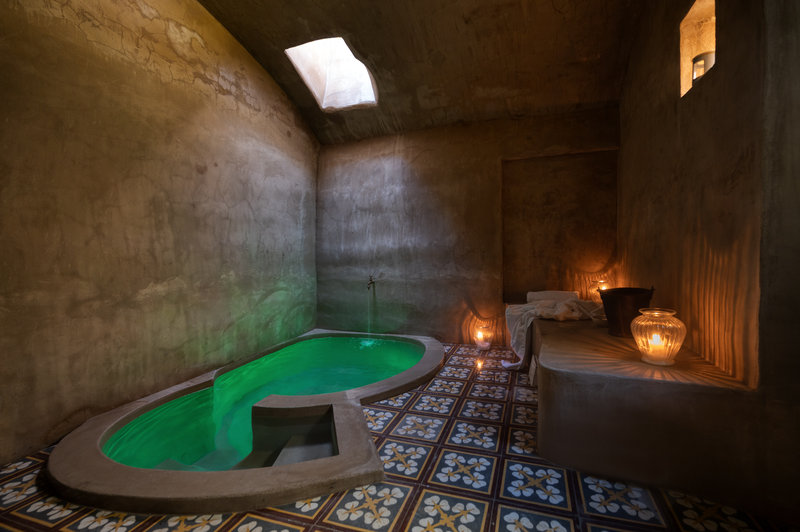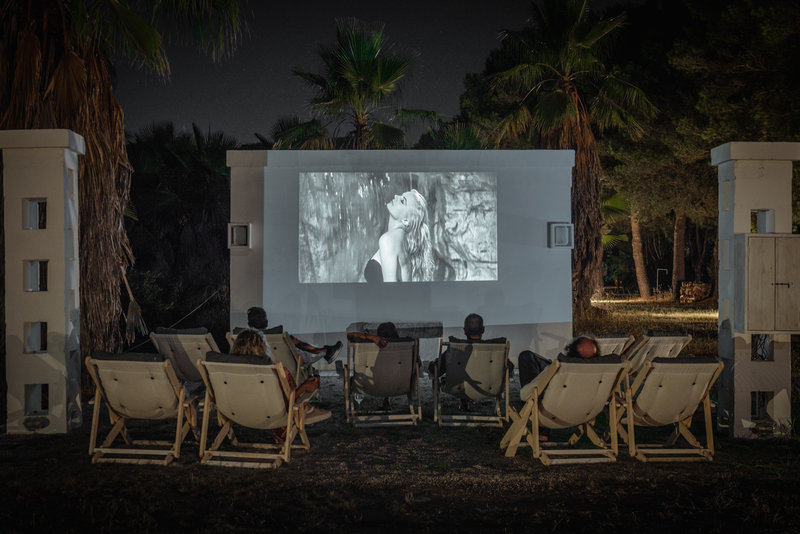Things to do
LANDMARKS
While the hilltop castillo dominates Oria’s skyline, it is privately owned with limited public access to the interior. The cathedral, however, is a true crowning glory, rising above the town and reconstructed in ornate Rococo style. If you dare, venture deeper inside to explore the famed Crypt of Mummies (not for the faint of heart!) before returning to the reassuring warmth of the Italian sunshine. Then wander the jumble of lanes that make up the maze-like historical Jewish Quarter, entering through the 15th century Porta degli Ebrei.
FOOD & DRINK
Pick up a picnic at Oria’s lively market, where the bounty of the Puglian region can be experienced at its freshest and most vibrant. Olives, cheese and wine are, of course, specialties. You’ll find no end of enthusiastic suppliers ready to explain the traditional processes behind their production. Each evening, dine in quintessential trattoria bathed in candlelight and the warm evening air, being sure to sample regional specialties such as orecchiette with creamy caciocavallo.
HISTORY
Local legend tells of Oria being founded by shipwrecked Greeks from the island of Crete. Whatever the city’s true origins, the modern-day inhabitants are still deeply connected to its past. Visit in the second half of August to experience one of Italy’s best medieval pageants, which includes a historical parade, complete with fire eaters and prancing horses, as well as the Torneo dei Rioni – a tournament where the city’s four districts compete against each other for bragging rights.
